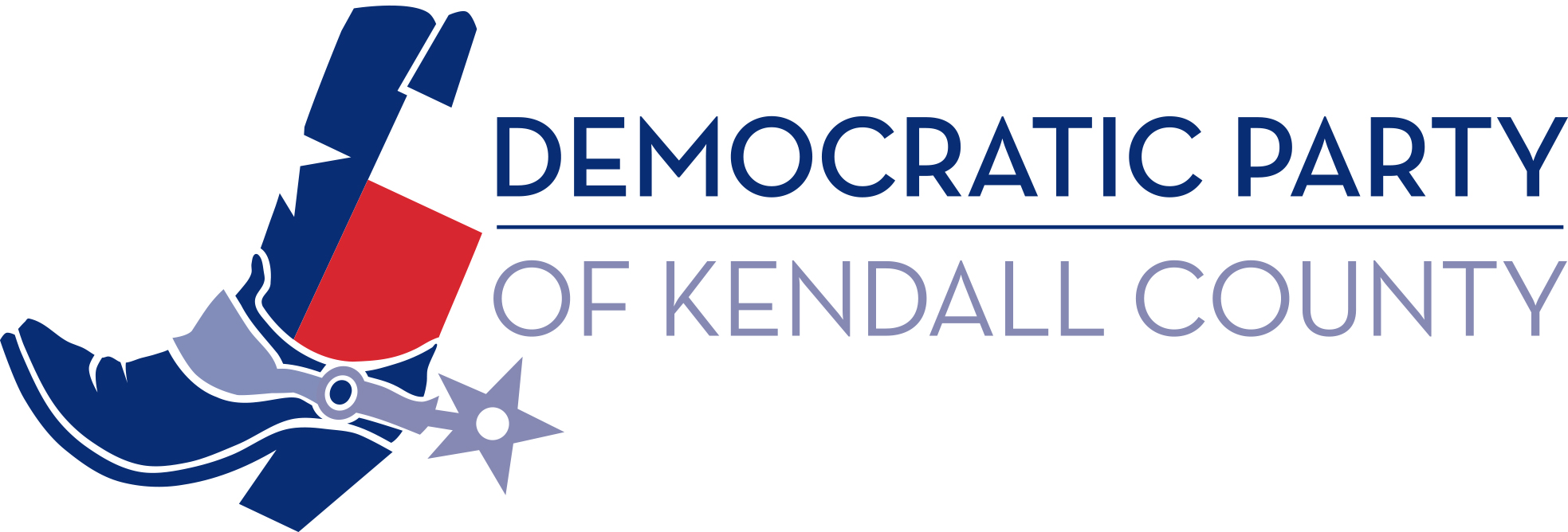by Mary Richards, M.Ed.
for the “Progressive Views” column, Boerne Star, May 10, 2019

The end of April was always the time to plan a summer vacation. Sometimes it was DisneyWorld or a trip to the Rocky Mountains to escape the Texas heat. Enjoying the grandeur of one of our national parks became a favorite for the children. The outdoor experiences offered a chance to hike, enjoy wildflowers, come across hidden waterfalls or get a glimpse of wildlife not often seen in the city. At the time not much thought was given to the cost of maintaining these majestic wonders for the American public.
In March 1872 when Congress authorized creation of Yosemite National Park in California, the need for a national park system became obvious. By 1916 the National Park System (NPS) was established to oversee all of the parks in the U.S., offering jobs to more than 20,000 NPS employees. These employees had to be paid and the parks had to be maintained. In early years fees charged to visitors were not authorized by Congress. Park funding from the government is broken down into two types: discretionary spending and mandatory spending. Discretionary spending covers park operations and special events while mandatory spending goes to programs created and mandated by specific legislation such as the Clean Water Act. Reduced spending in subsequent years was supplemented by allowing the parks to collect small fees to visitors. In recent years the fee cap was raised so that user fees now generate more than $1 billion annually.
But just how much does it truly cost to operate and maintain our estimated 412 national parks units, 23 national scenic and historic trails, 60 wild and scenic rivers, plus national monuments? And just what is the true value of these lands? The public places a value of $92 billion per year on national parks, seashores, recreational areas, and monuments. However, as you have guessed, we are not funding the parks system at a level that reflects its true value. Congress has cut funding for NPS by 15% over the past 15 years. The agency is fighting an uphill battle to keep parks pristine and unspoiled as climate change stresses natural resources and numbers of visitors continue to climb. There is a backlog of overdue maintenance projects that stands at $12 billion and rising. Park infrastructure, such as campsites, trails, utilities, roads, and prevention of forest fires are included in this list. This estimated value is actually very conservative but costs are rising. Ninety five percent of Americans consider it a necessity to protect our parks for future generations and at least 80% are willing to pay higher fees and taxes to protect and preserve our national treasures. President Theodore Roosevelt called the conservation of natural resources “essentially democratic in spirit, purpose, and method.”
The national budget is your business and you have an obligation to see to it that your tax dollars are spent responsibly and in such a manner that reflects your priorities. To do this we need to know where that money is going and how budget decisions are made. Congress has considered legislation that would establish a nonprofit national parks endowment to supplement federal dollars. Another bill brought about during the Obama administration in 2016 would have created a Centennial Challenge Fund to match private dollars with federal dollars to support signature projects. Other proposals totally threaten NPS funding such as slashing budgets needed to enforce the Endangered Species Act and the Clean Water Act which normally come under the national parks budget. The National Parks System has been hurt by cuts to the Federal Land and Water Conservation Fund which provides money to purchase private properties within parks when they go up for sale. Why is this important? Purchasing the lands means prevention of commercial development just next door to the parks. It means cleaner land, water, and air which enhances the value of our parks and cuts maintenance costs. Congress appropriates some $3 billion yearly to our national parks. A more realistic amount would be closer to $8 billion.
As we struggle to maintain our parks in the face of an astronomical tax cut for the wealthy, who can afford to take a vacation anywhere in the world, I hope many of you who appreciate our natural areas will fund our National Parks Systems through private endowments or through your own generosity. Please consider this as a personal responsibility for generations to come.



